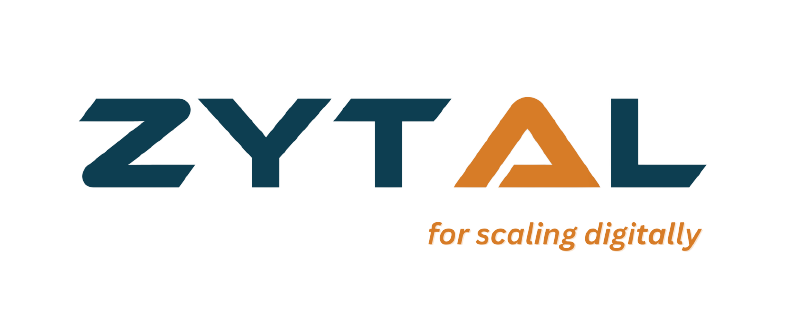By 2021, 73% of organizations will use mostly or entirely SaaS-based applications. Every year, more companies are becoming aware of SaaS solutions’ unique benefits and flexibility. Low upfront costs, flexibility, no maintenance, and a high degree of versatility are just some of the advantages that come with it.
Because most of the market is becoming saturated, not everyone is enjoying the success of that marketing.
Whether you’re looking to build a company from scratch or put your SaaS business up for sale, it’s now more important than ever to know how to walk the road to success and set it apart from others.
With that in mind, let’s look at the strategies you need to grow your startup SaaS company and beyond.
1. Make a Lead Magnet
A lead magnet refers to a free value (product or service) offered to potential customers to collect their contact information. Here are some commonly used lead magnets, along with a brief description.
#1 Free Trial: The free trial enables users to use SaaS or tools without paying for them. You’re probably already familiar with this concept. It allows users to try out a SaaS product before purchasing it. And a great way to get their contact information.
#2 E-Books and Whitepapers: Writing eBooks is a great way to show your prospects two things.
- You know they have exact pain points.
- You have a plan to solve their business problems.
By writing an eBook, you demonstrate your expertise and your willingness to share knowledge. You have to make sure that your e-books are valuable and the reader learns something new by reading them. This new thing can be a bit quick win or a life-changing high concept.
2. Deploy A Talk Trigger
A talk trigger is a phrase minted by bestselling author Jay Baer. It’s about creating a fundamental element of your business that triggers positive word-of-mouth about your company and naturally generates growth.
Talk triggers usually have the following symptoms:
- Remarkable: Amazing and enjoyable that people want to tell their friends about it.
- Reasonable: Sufficient to make an impact but somewhat scalable.
- Relevant: It makes sense if your product or service is being offered.
- Repeatable: Creates a fantastic experience for all or many customers, not just one.
3. Highlight Customer Feedback that Benefits Your Business
Quickly responding to positive customer reviews and posting success stories on your website and social media platforms is a powerful way to build digital word of mouth.
In addition to your online property, SaaS product review sites like Capterra, Product Hunt and G2 are virtual channels to use to investigate and respond to customer feedback. As a superior SaaS marketing strategy, you can draw your customers’ attention to compelling case studies and testimonials that demonstrate your company’s strengths and outstanding work through numbers.
You should also gather social evidence of customer satisfaction and appreciation by dedicating time to listening and monitoring social media.
4. Leverage Product-led strategy
Gone are the days when you’re given a specific product and all you had to do was reach out to the potential customer and try to sell it. SaaS product marketing moves towards a product-based strategy, where the product is the core and value-added asset. Your product, its development, and the problems it solves for your users are the focus of this approach so that it can sell for itself.
Product teams must collect feedback and listen to customers to determine upcoming changes and new features that are needed to support the changing demand and environment.
5. Create A Nice Demo Video
A product demo is a great way to present your product, emphasize its unique features and benefits, and show your prospects how it works. It’s also relatively simple: instead of explaining everything yourself, you provide prospects with a colorful, clean, yet informative video with everything described.
In addition, requesting a demo is the first signal of the potential interest in your product, which can be trackable. And then, you can take further action and continue to convert your leads into customers.
6. Keep a Tab on Your Intended Audience by Leveraging B2B Data
Intent data is a valuable resource for feeling the pulse of your target prospects and existing customers. It empowers you to focus only on accounts that are ready to buy from you or are actively looking for SaaS solutions similar to yours so that you can close deals faster. Furthermore, it can be used to market new SaaS possibilities with a data-driven and streamlined approach.
Best SaaS marketing practices recommend combining intent data with account-level insights and human-verified B2B data. This combination enables you to quickly identify the accounts that are most interested in your SaaS offerings. It also allows you to access the direct contact information of such accounts. To start, you can take a free intent assessment provided by B2B or intent data providers.
7. Make Sign-ups Effortless
People are more likely to do an activity if it is easy. And that’s what you need to do with sign-up. If you want more people to sign up, try to overcome as many barriers as possible. Sign-up should have fewer fields and a thorough understanding of what customers can expect. And because you don’t want your customer to be distracted, it’s essential to have a CTA at every step.
Conclusion
Marketing, now more than ever, needs a multi-pronged approach – buyers are more informed and thus require an increasing number of touchpoints until they’re even at a point where they can make choices.
Using the strategies outlined above, you can create value, build trust and authority in your brand and ensure that your SaaS product is in the middle of the mind during the B2B buyer journey and throughout your customer’s lifetime. For any assistance, you can reach to us. Call now to take a free consultation from our SaaS marketing experts.
